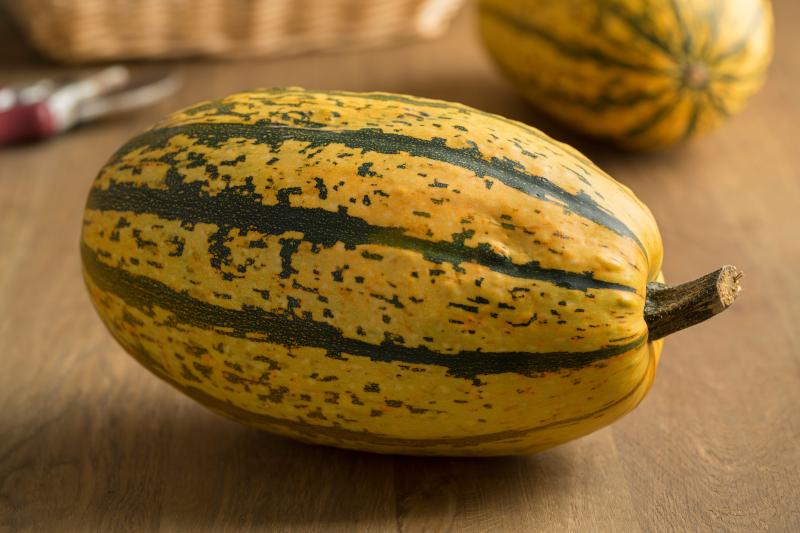Grow a new Thanksgiving tradition with spaghetti squash
Macy's has put on a Thanksgiving Day parade since 1924. Americans eat 46 million turkeys on that one day. One of the traditions in Italian-American families is to serve lasagna alongside turkey at Thanksgiving.
Thinking ahead for next year’s meal, you could combine the garden harvest with this tradition by making spaghetti squash lasagna. Boil or bake the spaghetti squash, then fill the seed cavity with a mixture of ricotta, mozzarella and Parmesan cheeses, top with meat sauce and reheat.
Spaghetti squash is a winter squash. These types are harvested at the end of the growing season to eat during the winter months. Spaghetti squash (Cucurbita pepo) needs fertile, warm soil that is well drained.
Plant seeds in rows, with groups of two or three seeds about 4 feet (1 m) apart and an inch or two (2.5-5 cm) deep. These are vining plants and they need lots of room, so space the rows 8 feet (2 meters) apart. Choose a spot that gets at least 6 to 8 hours of sunlight daily. Spaghetti squash needs a balanced soil pH; will grow best in soil with a pH level of 6.0 to 6.5.
To keep weeds under control and warm up the soil, you might want to add black plastic mulch. Be sure to water the spaghetti squash vines with 1 to 2 inches of water every week.
To make watering easier, try sinking six-inch pots alongside the vines. These pots will hold onto the water and deliver it through the drainage holes directly to the roots. Avoid using high-nitrogen fertilizers, as these will result in lots of vines and few fruits. Instead, use fertilizer that is higher in phosphorous when plants are 6 inches tall and again when flowers first appear. Or you can apply a liquid organic fertilizer monthly throughout the season.
At the end of summer, you can remove any new flowers so the vines put all of their energy into the developing squash. You will get ripe squash in about three months (90 days). They are usually 8 to 9 inches long and 5 inches wide.
Harvest your spaghetti squash after they change color to golden yellow. Always pick any winter squash before your first heavy frost. Don’t pull the squash from the vine, as this can tear the fruit and stems. Instead, cut the squash from the vine, and for best storage leave a couple inches of the stem attached. Store the ripe squash out of direct sunlight where it is cool and dry, between 50 and 55 degrees F (10-13 C).
Spaghetti squash is a good source of iron, vitamin A, niacin and potassium, and is high in dietary fiber and complex carbohydrates.
For a new Thanksgiving tradition, try growing your own spaghetti squash and making vegetable lasagna. Perfect for watching the Macy's Thanksgiving Day parade!

















































